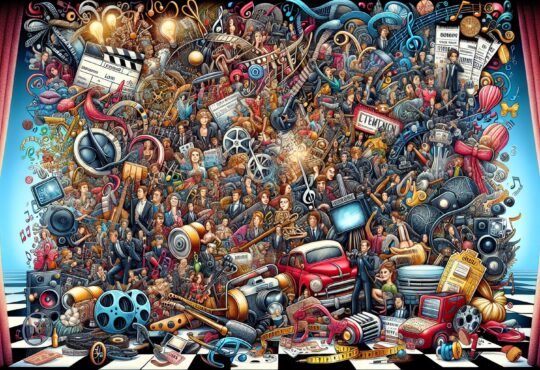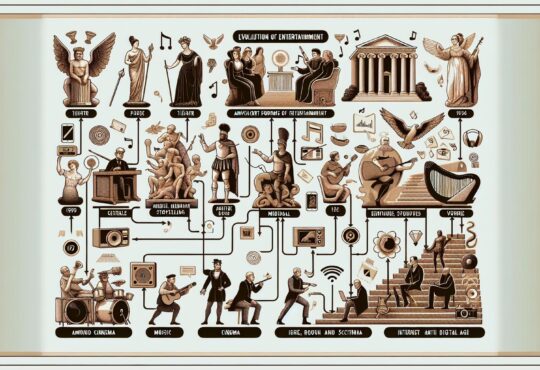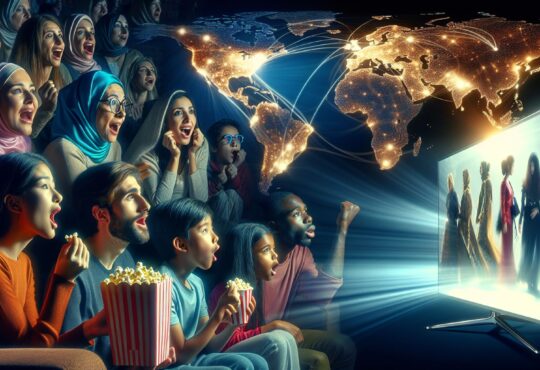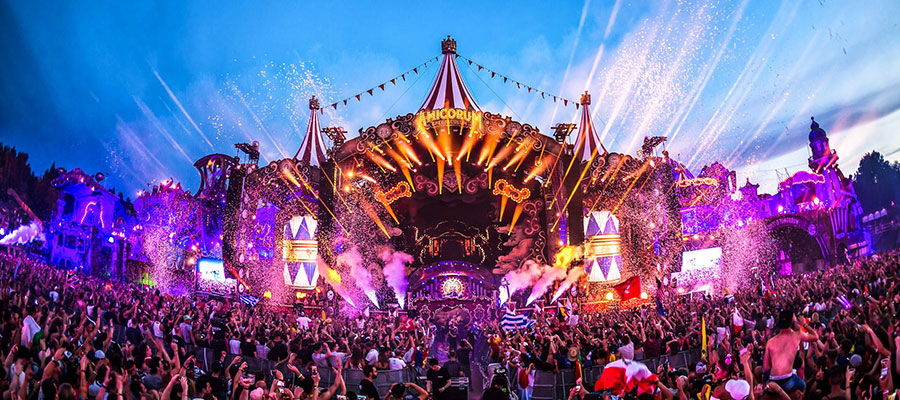
The Evolution of Music Festivals: From Woodstock to Today’s Mega Events
 Music festivals have evolved significantly over the years, transforming from intimate gatherings of like-minded music lovers to massive cultural phenomena that attract attendees from all corners of the globe. The journey from Woodstock to today’s mega events reflects the changing dynamics of music, society, and the way we experience live entertainment.
Music festivals have evolved significantly over the years, transforming from intimate gatherings of like-minded music lovers to massive cultural phenomena that attract attendees from all corners of the globe. The journey from Woodstock to today’s mega events reflects the changing dynamics of music, society, and the way we experience live entertainment.
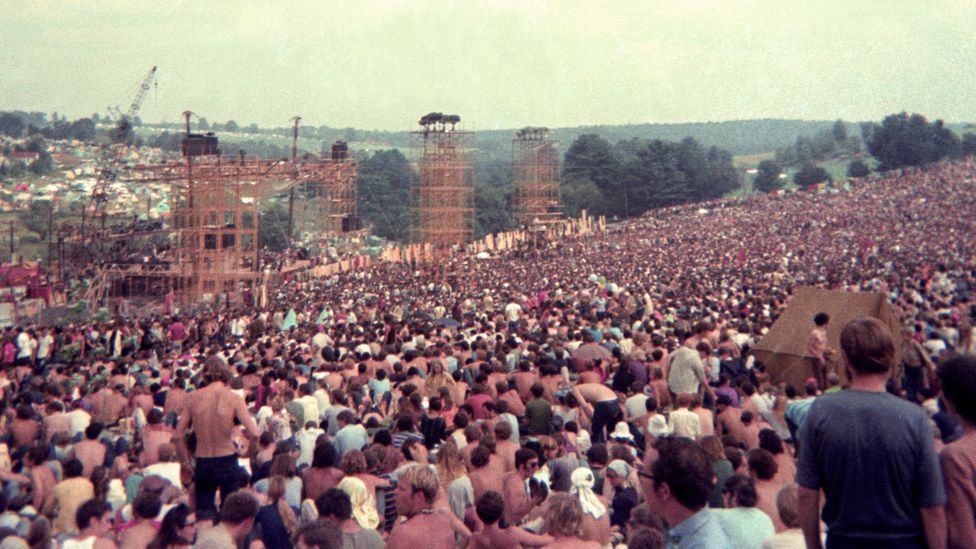 The Birth of Woodstock
The Birth of Woodstock
Woodstock, held in 1969, is often considered the birth of the modern music festival. It symbolized a cultural shift and was a powerful representation of counterculture, peace, and music as a unifying force. The event drew hundreds of thousands of people, paving the way for the festival culture we know today.
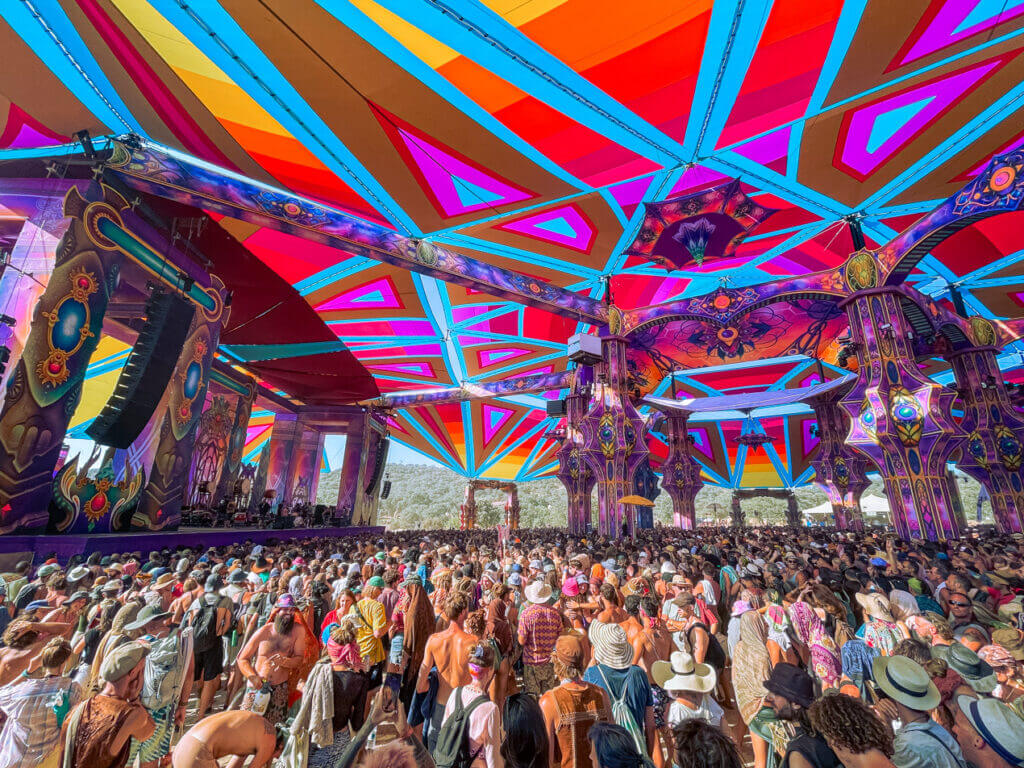 The Festival Boom
The Festival Boom
In the following decades, music festivals gained momentum, becoming a staple of youth culture. Festivals like Glastonbury in the UK and Lollapalooza in the US became annual events that showcased a diverse range of artists and genres. The festival experience expanded beyond just music to include art installations, food vendors, and various forms of entertainment.
The Rise of Mega Events
As the demand for festival experiences grew, organizers began creating mega events that span multiple days and feature lineups that read like a who’s who of the music industry. Festivals such as Coachella, Tomorrowland, and Ultra Music Festival draw attendees from around the world, offering immersive environments and top-tier production value.
Diversity and Inclusion
One notable evolution in music festivals is the emphasis on diversity and inclusion. While early festivals were criticized for their lack of representation, today’s events prioritize showcasing a broad range of artists from different backgrounds and genres. This shift reflects the growing demand for meaningful cultural experiences.
Technology and Connection
Technology has played a significant role in shaping the festival experience. Attendees can now capture and share moments in real-time, allowing those who can’t attend to feel connected to the event. Live streaming, social media, and interactive apps have all become integral parts of the festival landscape.
Conclusion
The evolution of music festivals from Woodstock to today’s mega events is a testament to the enduring power of music to bring people together. As these events continue to adapt and evolve, they reflect the changing tastes, values, and aspirations of society while providing a platform for artists to express themselves and for attendees to experience the magic of live music in all its forms.

